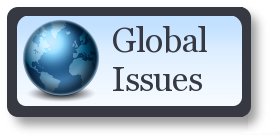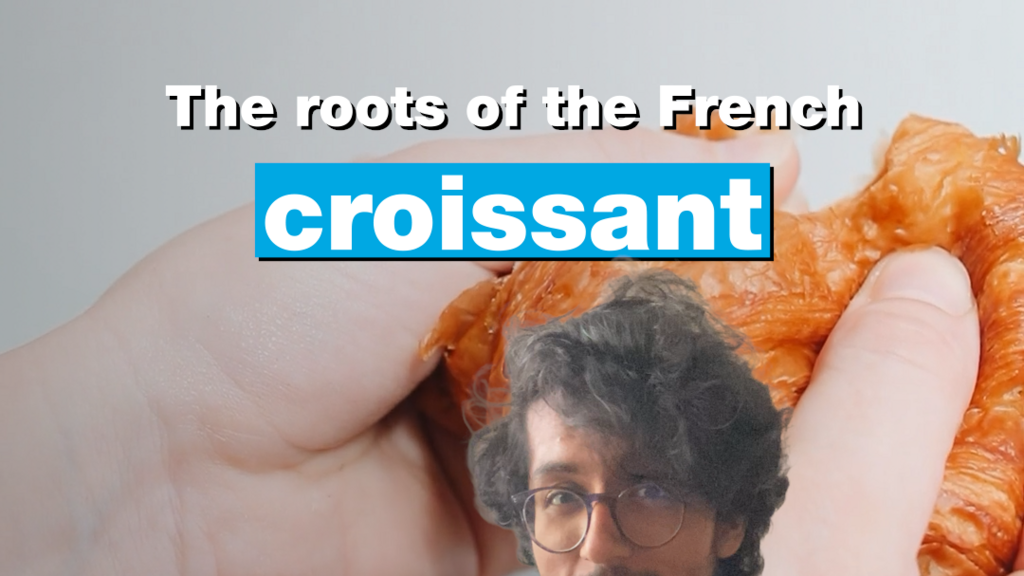 Time2Graze will use Sentinel-2 satellite data to track pasture biomass and support farmers and land managers to make informed decisions about grazing management, resource allocation, and sustainable land use.
Time2Graze will use Sentinel-2 satellite data to track pasture biomass and support farmers and land managers to make informed decisions about grazing management, resource allocation, and sustainable land use.LANCASTER, PA, October 24 (IPS) - Thousands of years ago, we looked to the stars for guidance — constellations like Taurus and the Pleiades signalled the changing of the seasons and the best times to plant, harvest and move animals.
Today, we may soon turn skyward once again, but this time to satellites that reveal in near-real-time when and where grasses are most nutritious and digestible. Feeding livestock at these peak moments not only boosts growth but also cuts methane, since animals release the most methane during digestion, a process known as enteric fermentation.
Globally, enteric fermentation from livestock accounts for nearly one third of methane emissions generated from human activities. This matters because methane has 86 times the heat-trapping power of CO2 over a 20-year period; yet it breaks down much faster. This means that methane reduction is one of the fastest ways to slow down the rate of global temperature rise.
Smarter grazing is a major opportunity. Farmers already rotate herds so pastures can recover but often rely on guesswork. When cattle graze younger, more digestible grasses, they produce less methane per unit of milk or meat. Yet in many regions, farms capture only 40 to 60 percent of their pasture’s potential. Unlocking this potential would improve productivity and cut emissions.
Two thirds of all agricultural land worldwide is devoted to livestock grazing, so even small efficiency gains can have a big impact. A 10 percent improvement in feed digestibility, for example, can reduce methane emissions per unit of feed or product by 12 to 20 percent.
Closing this pasture productivity gap by optimizing grazing would not just significantly reduce methane emissions, but also improve livestock keepers’ livelihoods, because increases in livestock productivity translate into more milk and more meat per animal.
The newly launched Time2Graze project, funded by the Global Methane Hub and in partnership with Land & Carbon Lab’s Global Pasture Watch research consortium, will apply Sentinel-2 satellite data and modelling to track pasture biomass.
This near-real-time data, combined with rancher observations and digital decision support tools, will provide important information for farmers and land managers, helping them to make informed decisions about grazing management, resource allocation, and sustainable land use.
This new data will offer free, open, up-to-date information that will be available on Google Earth Engine and other platforms to guide when and where animals should graze to consume the most abundant and digestible forage. To ensure usefulness to livestock farming and pastoralism, Time2Graze partners will conduct on-farm trials at more than 100 sites across eight countries in Latin America and Africa.
Alongside other livestock sector advances — improved feed additives, manure management, and animal health and genetics included — digital and data-enabled livestock management is essential to delivering climate solutions at the necessary speed and scale. Within the food system, these advances sit alongside improvements to rice production, reducing food loss and waste, and shifting high-meat diets toward plants.
Livestock management data innovations arrive at a pivotal moment in the development of international policies around methane emissions. More than 150 countries have signed the Global Methane Pledge, committing to cut methane emissions by 30 percent by 2030. Livestock enteric fermentation is the single largest source they must tackle. Likewise, the UN COP28 climate talks’ Emirates Declaration on Sustainable Agriculture and Food Systems and many countries’ climate strategies, or Nationally Determined Contributions (NDCs), now emphasize methane mitigation and climate-smart agriculture as cornerstones of their strategies.
Yet, climate finance dedicated to global livestock systems languishes at just 0.01 percent of total spend, equivalent to a US$181 billion funding gap, lagging far behind the ambition demonstrated by these international initiatives.
Innovations in satellite-based grassland and forage monitoring are emerging as powerful tools to cut methane while improving productivity. Governments, climate finance institutions, and development banks should prioritize and expand support for these kinds of solutions to accelerate their impact across the livestock sector.
Redirecting a fraction of agricultural subsidies and climate finance toward such efficiency gains could not only unlock rapid, measurable methane reductions, but also additional co-benefits, such as reducing deforestation and ecosystem conversion, safeguarding future food security, and strengthening rural livelihoods. Realizing this potential will depend not only on data, but also on farmer adoption, political will, and the ability to scale solutions across diverse grazing systems.
For generations, the stars helped farmers decide when to move their animals. Today, satellites can do the same, but with far greater precision. With more investment and adoption, these new guides can help agriculture deliver on its climate promises.
Lindsey Sloat, Research Associate, Land & Carbon Lab and World Resources Institute
IPS UN Bureau
© Inter Press Service (20251024160957) — All Rights Reserved. Original source: Inter Press Service

 4 hours ago
1
4 hours ago
1










 English (US) ·
English (US) ·